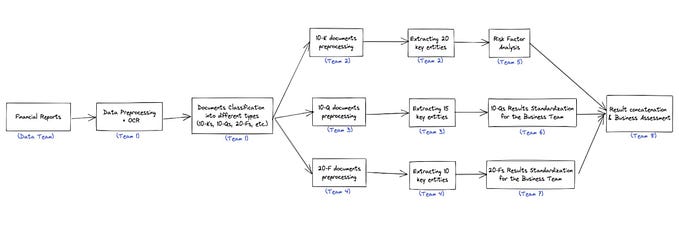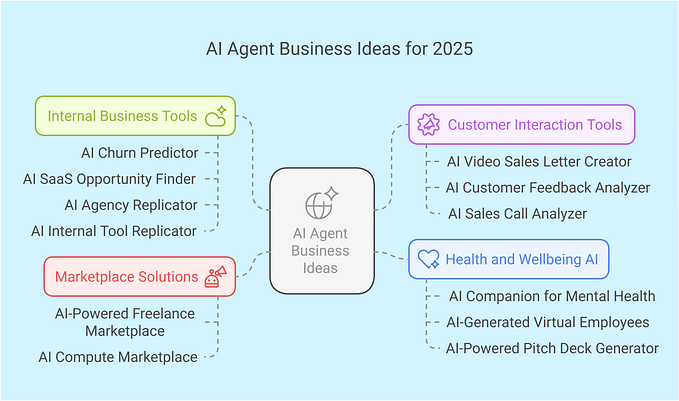Creating a post-sales process for customer success

Customer Success teams interact with many cross-functional departments, building and maintaining relationships from Support to Account Management. But few relationships have more impact on future customer success than the one between Customer Success and Sales. At no time is coordination and collaboration between these two teams more critical than immediately following a sale, when Customer Success is tasked with making the vision sold a reality.
A clearly defined handoff process allows Customer Success to immediately start delivering on the value Sales presented to the customer.
The vast majority of Account Executives (AEs) want the customers they sign up to be successful, but they might be a bit hazy about what Customer Success teams actually do. As a result, it’s easy for an AE to forget to share critical information with a Customer Success Manager (CSM). For Success teams, this leads to a feeling that “Sales throws us customers over the wall after a deal is signed” — as a colleague once put it. For customers, this leads to a feeling that they’re wasting time repeating the same conversations they had during the sales process with a CSM who hasn’t been given any context.
Customer Success teams need to work with Sales to create a handoff process that captures the knowledge an Account Executive gathered during the sales process. Success teams should use this information to define roles and goals with stakeholders and expand relationships. Having a clear post-sales handoff process increases your chances of customer success by reducing the time it takes for customers to see value. Customer Success and Sales teams who work together as part of an established post-sales process provide a better customer experience, are better able to meet customer goals and have more opportunities to expand customer relationships.
Step 1: Transferring Knowledge
The Account Executive has spent weeks or months digging into the customer’s needs and building a convincing argument for why your product is the best solution. The customer’s enthusiasm and motivation are at an all-time high and they’re excited to get started. A sloppy transition from Sales to Customer Success can slow things down and create barriers to success before the ink on the contract has dried.
AEs need to quickly bring CSMs up to speed on the details of each new deal. Considering that the average sales cycle might include as many as 30 touch points, there’s usually a lot to catch up on. For this reason, it’s helpful to create a knowledge transfer framework that standardizes the process and ensures no major details are overlooked or forgotten. I’ve created a separate post that outlines the main questions and topics that should be discussed as part of this knowledge transfer. These questions draw heavily from my experience over the years- some topics have led to unexpected insights, while others can help identify hidden red-flags. Similar to the way you customize your onboarding experience to fit the nuances of your product and your customer’s goals, you should also tailor these questions to capture information that’s key to your business.
When your company is still in the early stages of growth this information might be shared anecdotally over a cup of coffee. As you expand, it makes sense to document customer information in a product that integrates this data into a simplified day-to-day workflow, such as Amity.
Step 2: Defining Roles and Goals
Now that the CSM has been brought up to speed, it’s time to introduce them to the customer in a kickoff call.
The first objective of this call is to define what role stakeholders will play moving forward. One important takeaway from this conversation is who will be assigned the role of product owner. The product owner is not necessarily the person who signed the contract. In fact, unless the customer is very small, it is better if this isn’t the decision maker who the AE worked with to sign the deal. CSMs need a product owner who is accessible, engaged, and, perhaps most importantly, accountable for the success of this product internally. Everyone should agree on when and how the AE, the decision maker, and other interested parties will be kept up to date by the CSM and product owner moving forward.
The second objective of this call is to understand the customer’s goals for your product and discuss what metrics they will be using to measure success. “Many times customers have seen great demos and the salesperson set high expectations about what is possible. It’s now the CSMs job to set expectations about what is realistic and practical within given time frames” — Jason Whitehead. Having the AE and the decision maker on this call allows the CSM to address any disconnect between what was conveyed during the sales process and what is realistic. As a final step, goals should be formalized and signed off by stakeholders on both sides.
Step 3: Expanding Relationships
Unless your business is transactional in nature, expanding your relationships with customers should be an ongoing priority. Companies built on recurring revenue can’t afford to treat customers like they’re disposable. Nothing makes a customer feel more unimportant right off the bat than to have the AE they worked with during the sales process permanently disappear the moment the deal is signed. Instead, establish a process that encourages AEs to be invested in the post-sales handoff and ongoing customer success- which has the added benefit of increasing the AE’s chances of winning future business.
In practice, opportunities to expand your company’s relationship with a customer might include signing additional teams, buying access to additional features, or agreeing to a longer-term contract. But the two requirements for healthy expansion are: 1) the customer currently sees value in your product and 2) expanding your relationship will bring the customer even more value in the future. When expansion is approached this way, Customer Success teams can help Sales bring in more revenue by identifying sales opportunities among successful customers.
Not only does a disconnect in the post-sales process lead to a poor customer experience, it increases the time it takes for a customer to start seeing value and increases the risk that your company won’t be able to deliver customer success. A seamless post-sales process between Customer Success and Sales creates happier, more successful, and more profitable customers.










